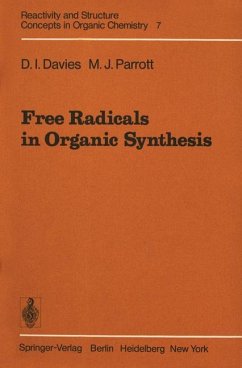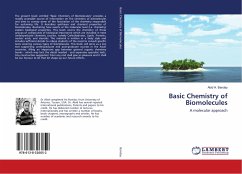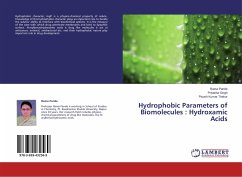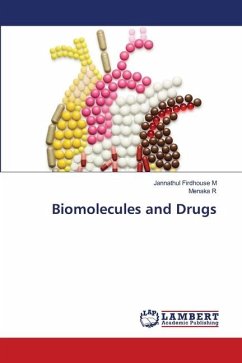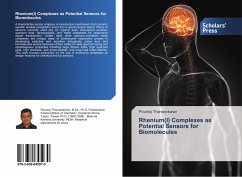
Effect of some free radicals on biomolecules
Antioxidant and structure-activity relationships (SARs)of some phenolic, anilines and heterocyclic compounds
Versandkostenfrei!
Versandfertig in 6-10 Tagen
47,99 €
inkl. MwSt.

PAYBACK Punkte
24 °P sammeln!
The scavenging behavior of a series of 36 phenolic, 17 anilines and 11 heterocyclic compounds toward Hydrogen peroxide and DPPH was examined.In Hydrogen peroxide scavenging activity, the aniline series are more active than the phenolic series due to the reduction properties of the aniline compounds. While, in the DPPH scavenging activity, the phenolic compounds are more active than the aniline compounds due to the lower bond dissociation energies (BDE) of O-H than that of N-H. The antioxidant activity related to the compound structure was found to be dependable on the number and position of th...
The scavenging behavior of a series of 36 phenolic, 17 anilines and 11 heterocyclic compounds toward Hydrogen peroxide and DPPH was examined.In Hydrogen peroxide scavenging activity, the aniline series are more active than the phenolic series due to the reduction properties of the aniline compounds. While, in the DPPH scavenging activity, the phenolic compounds are more active than the aniline compounds due to the lower bond dissociation energies (BDE) of O-H than that of N-H. The antioxidant activity related to the compound structure was found to be dependable on the number and position of the included active group (-OH or -NH2)The ortho position was found to be the more active one, due to its ability to form intra-molecular hydrogen bonding (iHB).the presence of double aromatic ring structure in phenolic and aniline compounds has a positive effect on the scavenging activity in both assays. electron withdrawing group has a positive effect on the hydrogen peroxide scavenging activity but it has a negative effect on the DPPH scavenging activity.The protective role of the most active phenolic and aniline compounds in linoleic acid model was also examined.




